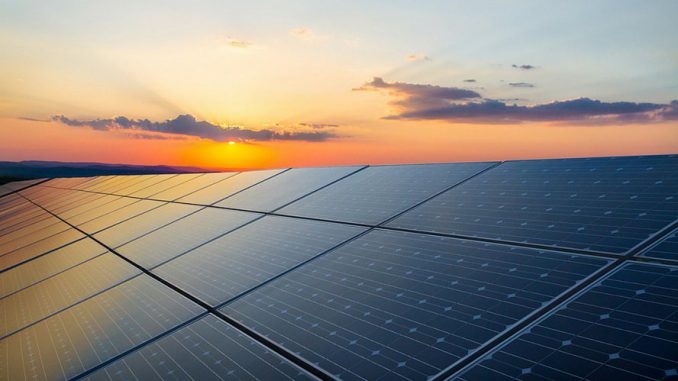
The American news channel CNN has praised the merits of solar energy in Morocco, a leading country in the field which has the largest solar station in the world, namely the Noor complex in Ouarzazate and the 100 solar village in the Essaouira region.
In a report published on CNN Business, a website dedicated to economic news, the 24-hour news channel notes that solar energy has the potential to become one of the main sources of energy in Africa, where Morocco is multiplying efforts to exploit this potential.
Quoting the International Renewable Energy Agency (IRENA), CNN recalls that solar energy already meets 35% of the Kingdom’s electricity needs, with the aim of increasing its use of renewable energy to 52% by 2030.
“Morocco is unquestionably a leader in renewable energy,” said Francesco La Camera, director general of IRENA, quoted by the channel.
CNN is interested, in this sense, in the experience of the small village of Id Mjahdi, in the Essaouira region, presented as the first village in Africa entirely powered by solar energy. This is a model for powering landlocked villages, which would otherwise be expensive to connect to the national electricity grid.
While many other African villages use solar power to some extent, Id Mjahdi uses it for all the energy needed, the U.S. channel notes.
When Cleanergy, a Moroccan solar panel company, came up with the idea of testing a sustainable model of electrification for remote communities, it looked for a village “where people need everything” in terms of energy, it said.
Before the program began, villagers used candles for light and could usually only afford about an hour of candlelight to work or study in the evening. They burned the bark of trees for heating and cooking, which was bad for their health, Cleanergy founder Mohamed Lasry told CNN.
The village of Id Mjahdi did not even have a water source nearby, and girls in particular often missed school to walk several kilometers to a water well, he adds.
So the first step in the $188,000 project was to build a water tower for the community. The next step was to install a power plant with 32 photovoltaic solar panels, which produce 8.32 kilowatts of electricity for distribution through a mini-grid.
The plant is connected to about 20 households in the village, serving more than 50 people. Each home is equipped with a refrigerator, water heater, television, oven and an outlet for charging appliances, CNN notes, adding that the solar grid has a battery that can provide up to five hours of electricity outside daylight hours.
The project was also supported by Cluster Solaire, a Moroccan non-profit association that supports green technology companies, which has received financial assistance from the Moroccan Agency for Sustainable Energy and French companies Intermarché and Petit Olivier, according to CNN.
“For people who were not working and did not have a stable income, the fact that they work in their village and create value is very important and very, very valuable,” said Fatima El Khalifa, from Cluster Solaire, who presented the project at the COP25 conference last week in Madrid.
According to CNN, Cluster Solaire is currently seeking funding to build more solar villages.
The World Bank estimates that 840 million people in the world do not have access to electricity, and that around 650 million people will still not have access to electricity in 2030, nine out of 10 of them in sub-Saharan Africa.
The solution, according to the World Bank, could come from mini-grids, which offer the most cost-effective solution for remote areas with sufficiently high demand, and could provide electricity to 500 million people by 2030, CNN concludes.

Be the first to comment